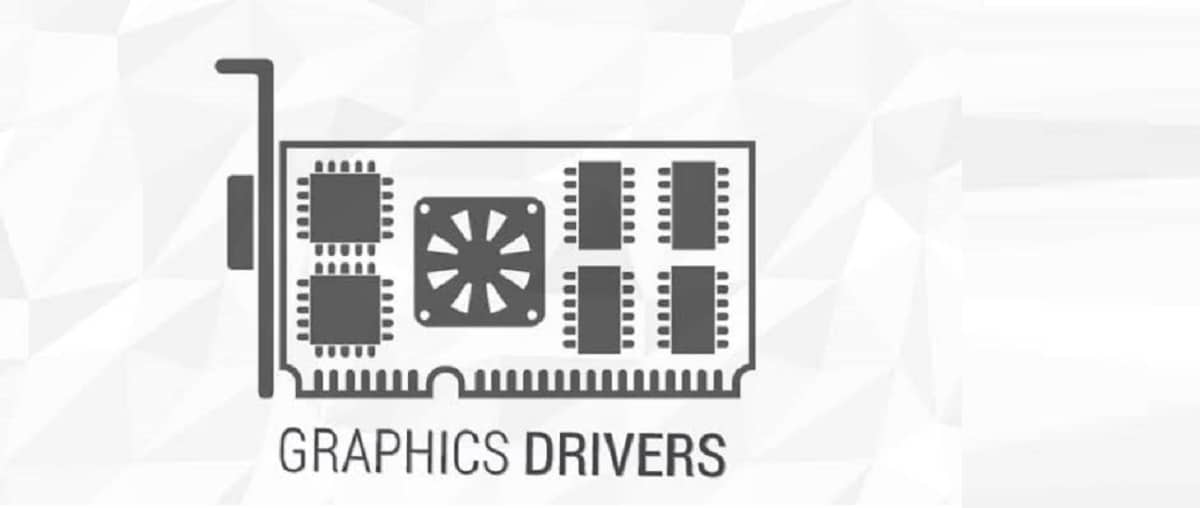
Mesa is an open source, developed graphics library that provides a generic implementation of OpenGL.
After a few weeks of delay (and four months of development since the last release), the launch of the new version of the OpenGL and Vulkan API implementation "Table 22.2.0", this being the first version of the Mesa 22.2.x branch which has an experimental status and that subsequent to it after the final stabilization of the code, a stable version of Mesa 22.2.1 will be released.
And is that Mesa 22.2.0 was supposed to come out in late August or early September (but it was about a little over 2 weeks) as Mesa 22.2-rc3 was released on August 19th and then the final 22.2 weekly release candidates just didn't happen, giving the final release these days.
Table 22.2 main novelties
In this new version presented by Table 22.2, graphics API support Vulkan 1.3 is available at anv for GPU Intel, radv for AMD GPUs and Qualcomm GPUs. Vulkan 1.2 is supported in emulator mode (vn), Vulkan 1.1 in lavapipe software rasterizer (lvp), and Vulkan 1.0 in v3dv driver (Raspberry Pi 4 Broadcom VideoCore VI GPU).
In addition to this, the Qualcomm (tu) GPU driver provides support for the Vulkan 1.3 graphics API, as well as support for Mali GPUs based on the Valhall microarchitecture (Mali-G57) was added to the Panfrost driver, (the driver is compatible with the OpenGL ES 3.1 specification).
Other changes that stand out in this new version of Mesa 22.2, is the improved support for Intel DG2-G12 graphics cards (Arc Alchemist) in the ANV Vulkan driver (Intel) and the Iris OpenGL driver, plus the Vulkan driver significantly (about 100 times) improved the performance of the ray tracing code.
The R600g controller for AMD Radeon HD 2000 to HD 6000 series GPUs moved to use an intermediate representation (GO) no shaders type NIR. NIR support also enables Tungsten Graphics Shader Infrastructure (TGSI) rendering support by enabling a layer to translate NIR to TGSI.
Of the other changes that stand out from this new version:
- Continued implementation of the Vulkan driver for GPUs based on the PowerVR Rogue architecture developed by Imagination.
- The Nouveau OpenGL driver has started work on implementing support for the RTX 30 "Ampere" GPU.
- Support for asynchronous compilation of shaders has been implemented in the Etnaviv driver for Vivante cards.
- Support for compiling Mesa with selected video codecs disabled due to software patent issues.
- The Lavapipe driver as a Vulkan software implementation has added support for new extensions such as VK_EXT_robustness2 and variable pointer support.
- Se agregó soporte para las extensiones de Vulkan, VK_EXT_robustness2 para controlador de lavapipe, VK_EXT_image_2d_view_of_3d para RADV, VK_EXT_primitives_generated_query para RADV, VK_EXT_non_seamless_cube_map para RADV, ANV, lavapipe, VK_EXT_border_color_swizzle para lavapipe, ANV, nabo, RADV, VK_EXT_shader_module_identifier para RADV, VK_EXT_multisampled_render_to_single_sampled para lavapipe, VK_EXT_shader_subgroup_vote for lavapipe, VK_EXT_shader_subgroup_ballot for lavapipe and VK_EXT_attachment_feedback_loop_layout for RADV.
Finally if you are interested in knowing more about it about this new version of the Mesa drivers, you can check the details in the following link.
How to install Mesa video drivers on Linux?
Mesa packages found in all Linux distributions, so its installation can be done either by downloading and compiling the source code (All information about it here) or in a relatively simple way, which depends on the availability within the official channels of your distribution or third parties.
For those who are users of Ubuntu, Linux Mint and derivatives they can add the following repository where the drivers are updated quickly.
sudo add-apt-repository ppa:kisak/kisak-mesa -y
Now we are going to update our list of packages and repositories with:
sudo apt update
And finally we can install the drivers with:
sudo apt upgrade
For the case of those who are Arch Linux users and derivatives, we install them with the following command:
sudo pacman -S mesa mesa-demos mesa-libgl lib32-mesa lib32-mesa-libgl
For whoever they are Fedora 32 users can use this repository, so they must enable corp with:
sudo dnf copr enable grigorig/mesa-stable sudo dnf update
Finally, for those who are openSUSE users, they can install or upgrade by typing:
sudo zypper in mesa